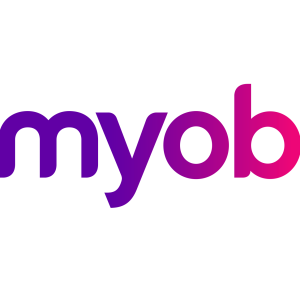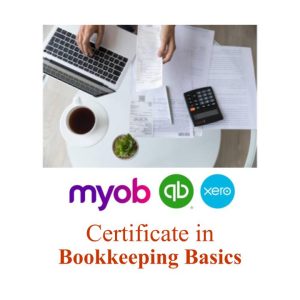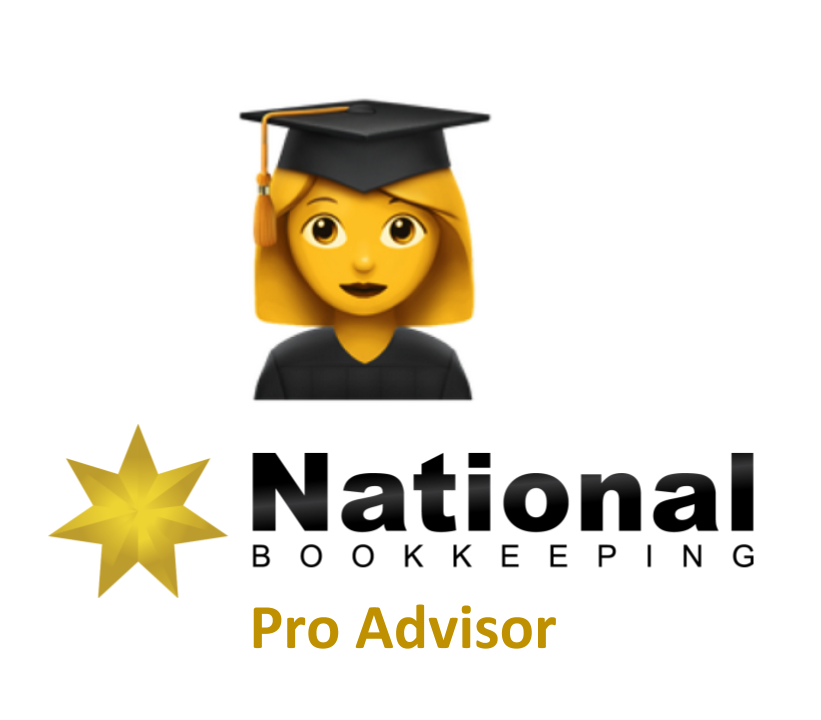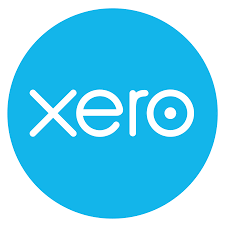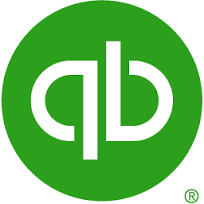Description
Advertising of BAS services is legislated by the TAX AGENT SERVICES ACT 2009 so before you engage the services of any person in our directory please be certain to ask for their BAS agent number. For more information click here
Xero Online Bank Rec, Month End & Journal Entries Training Course
Bank feeds enable business owners to speed up the process of reconciling their bank statement/s to their accounting software. This course goes through typical end-of-month tasks, transactions and reconciliations. It shows you how to correct transaction entries.
Explore a bank statement and enter data for that period as well as the direct debit transactions. Explore ad hoc payments for director wages, capital purchase of a vehicle and depreciation of that vehicle, plus alternatives like leasing or second hand car purchase under $20,000. You’ll perform a bank reconciliation that doesn’t balance and then go through the entries to sort out the issues and mis-typing that happens in most businesses.
- Entering and coding direct debits
- Interest payments and charges
- Coding capital purchases
- Understanding depreciation
- International credit card payments and charges
- Basic payroll entries for micro businesses
- Loans to and from the company
- Experience a bank rec which doesn’t balance
- Rectify entries to complete the bank reconciliation
Course Duration: 3 hours
Xero Online Training Workbook Scenario
In the Xero Online Bank Reconciliation and Journal Entry scenario we profile a small business owner just starting out. This business owner lends the company money for cashflow, buys a car that needs to be depreciated, spends money on advertising and marketing to build awareness, makes some small sales and pays themselves a wage on an ad hoc basis depending on their bank balance. (Note: paying yourself from day one is vitally important — you would be paid as an employee for any work you do!)
The purpose of this workbook is to take students through common entries that occur on a one-off basis and that are not normally part of the quoting, invoicing and payment entries that occur in the Xero Online Daily Transactions Course.
Bank Reconciliation — Loan Account
Loans from the business to owners and directors requires it’s own compliance checks, but in this section of the course we’ll include the transactions and code you need to enter to keep a record of funds loaned to the business, including:
- creating a loan account,
- transferring loan funds,
- transaction details and accounts payable,
- setting up accounts payable,
- linked accounts and
- editing or deleting a transaction entry.
Bank Reconciliation — Entering Transactions
This course contains a bank statement where you’ll need to enter and code the transactions then run a bank reconciliation to discover that there are omissions and errors that you’ll need to fix – you’ll get to see what this looks like and then edit and enter the correct transactions and complete the reconciliation.
- Creating customer cards,
- creating inventory items,
- entering a sale and payment,
- spending money,
- receiving money from a client
- reconciling your cheque account to your bank statement.
Bank Reconciliation – International Credit Card Payments
Often the service in overseas countries is cheaper or better or there simply isn’t an available comparative product in Australia so we pay for overseas services. When we do this we don’t pay GST and we incur credit card charges. You’ll learn how to manage
- journal entries,
- GST and tax coding and
- reconciling.
Handling Basic Payroll Transactions
If you are a small business you may pay yourself, your partners or even casual workers adhoc amounts each week or month. These transactions need to capture the right codes and also be included in your bank reconciliations. As long the correct amount of tax is paid and the employers’ obligations are met then the business owner is doing everything right. We’ll show you how some small companies manage these transactions.
Purchasing Assets – Company Vehicle
There will be times when larger equipment is purchased and it’s paid for from your operating cash flow. In this situation the asset isn’t written off as an immediate expense but depreciated every year for a certain number of years. You’ll learn how to code this type of transaction correctly.


 The Certificate in Xero Beginners Training Course will introduce you to the hundreds of Integrations that connect with Xero and make it even more powerful to manage the operations of most different business types and industries. Understand why Xero is so powerful and how it can improve other parts of the businesses where you work.
The Certificate in Xero Beginners Training Course will introduce you to the hundreds of Integrations that connect with Xero and make it even more powerful to manage the operations of most different business types and industries. Understand why Xero is so powerful and how it can improve other parts of the businesses where you work.  If you want to learn more than just the Xero Beginners Certificate and even enrol into a package where you learn other programs like MYOB please inquire using the form below as we have:
If you want to learn more than just the Xero Beginners Certificate and even enrol into a package where you learn other programs like MYOB please inquire using the form below as we have:


